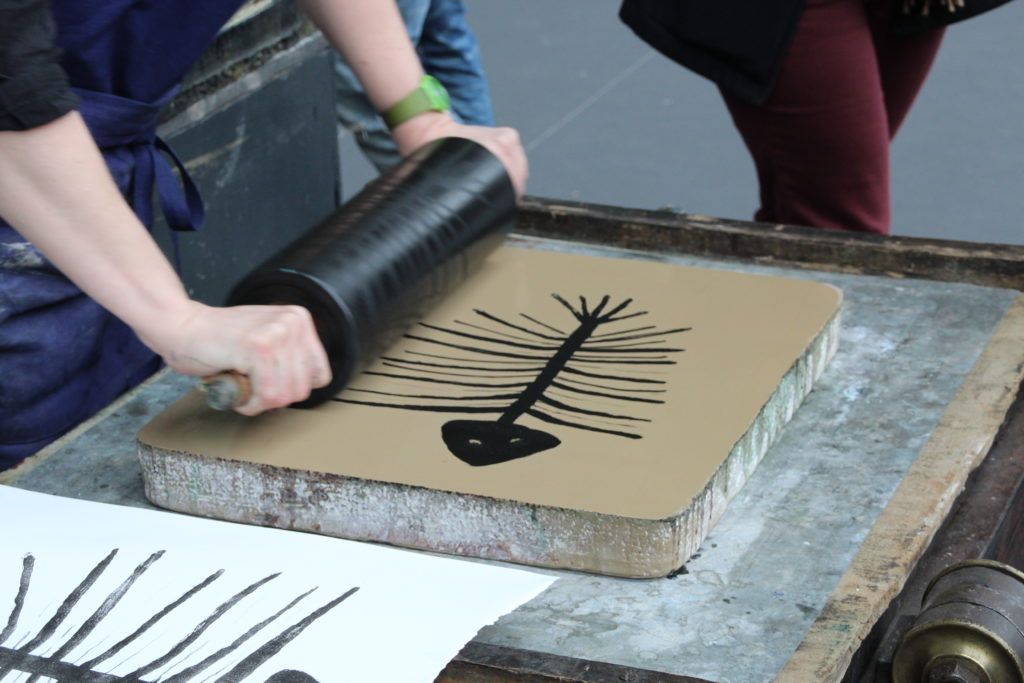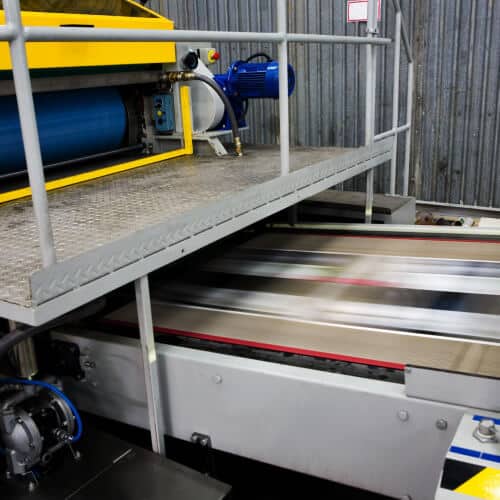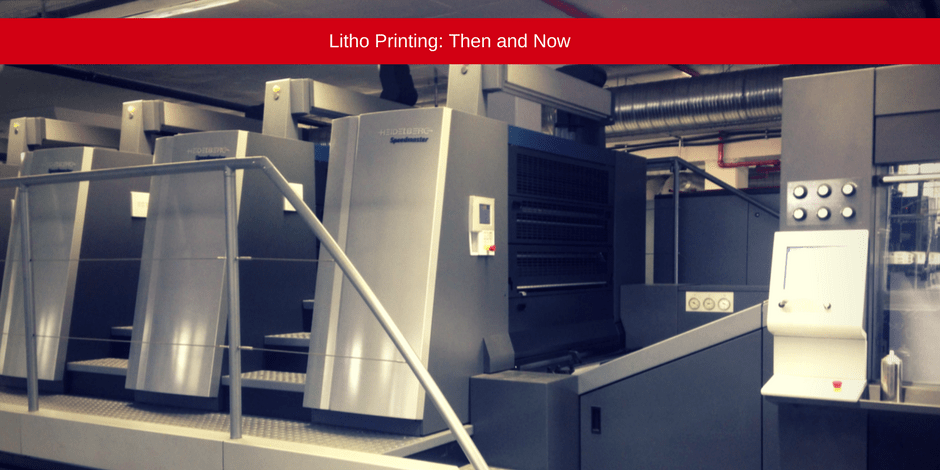Everything You Need to Know About litho printing
Everything You Need to Know About litho printing
Blog Article
A Comprehensive Overview to Comprehending Litho Printing Techniques
The world of litho printing, a strategy stemming from the late 18th century, is a fascinating mix of background, art, technology and scientific research. This thorough guide will certainly decipher the complexities of this printing approach, from the composition of litho inks to the obstacles faced in modern applications. As we venture right into the complexities of lithography, the relevance of automation and sustainability in ensuring its future significance becomes progressively clear. Stick with us as we journey right into the captivating realm of litho printing.
The Historic Development of Litho Printing
The historic trajectory of litho printing, an essential innovation in the realm of interaction, is an exciting story of human resourcefulness. The process progressed with the development of the rotary press, which greatly increased performance. Each stage of litho printing's advancement showcases humanity's unrelenting pursuit of effectiveness and top quality in aesthetic interaction.
Translating the Scientific Research Behind Litho Printing Inks
Progressing in the expedition of litho printing techniques, the focus now shifts to the science behind litho printing inks. The structure of these inks, their drying procedure, and shade mixing methods form the backbone of this intricate art type. Recognizing these elements is crucial to mastering the craft and accomplishing the desired print outcomes.
Composition of Litho Inks
In lithographic printing, the essential function of litho inks can not be overemphasized. Pigments, the color-providing aspects, are finely ground fragments put on hold in the lorry, a fluid that lugs the pigment onto the printing surface. Each component plays an essential part in the last print's high quality, making the specific solution of litho inks an intricate science.
Ink Drying Refine
From the composition of litho inks, interest turns to the remarkable procedure of ink drying out. The drying out procedure is crucial, as it affects the last print's quality and longevity. Two main techniques are utilized in litho printing: oxidative drying out and absorption. Oxidative drying out includes the ink responding with oxygen airborne to create a hard, completely dry movie. This method gives a sturdy surface, yet can be slower contrasted to absorption. Absorption, on the other hand, involves the ink permeating right into the paper fibers, which is a quicker process but can bring about much less dynamic shades. The choice between these techniques is reliant upon aspects such as print rate requirements, the paper type utilized, and the wanted coating.
Shade Combining Techniques
While the drying out procedure plays a crucial duty in litho printing, the scientific research of color blending techniques holds equal value. This is a complex procedure that entails the cautious blending of key shades: cyan, magenta, and yellow, in varying percentages to attain a wide array of shades. The addition of black ink, called 'essential', assists in controling the strength and depth of the shades. The scientific research behind litho printing inks also considers the openness of the ink, which affects just how colors overlay and mix. To attain a reliable color mix, print professionals have to likewise comprehend the ins and outs of ink actions, color theory, and the physical buildings of the substratum on which the ink is applied.
The Art and Layout Aspects in Litho Printing
Litho printing takes a breath life right into art and design via its distinct elements. Litho printing fits a selection of shades, allowing artists to develop vibrant and browse this site vibrant prints. This mix of precision and flexibility makes litho printing a recommended option for several artists and developers.
Modern Applications of Litho Printing Methods
Litho printing techniques have found substantial use in the contemporary industrial market. Its influence and value proceed to expand with the development of brand-new technologies and modern technologies in the field. This section will explore these modern applications and the transformative function they play in the printing market.
Business Litho Printing Uses
In today's digital age, one might ask yourself concerning the significance of typical printing methods. Litho printing stays a crucial part of the business field. High-volume printing tasks, such as the manufacturing of publications, newspapers, and packaging, rely upon litho printing for its capacity to provide exceptional picture top quality and cost efficiency. The process, which includes moving a tattooed photo from a plate onto a rubber covering and afterwards to the printing surface area, supplies unequaled uniformity. This makes it perfect for jobs needing a large print run. Litho printing also offers a broad color range, exceptional to that of digital printing. This makes it the best option for jobs that require vibrant, top notch color recreation.
Innovations in Litho Printing
Pushing the boundaries of conventional strategies, contemporary developments have fueled a host of innovations in litho printing. These breakthroughs have not only enhanced the high quality and performance of litho prints but also broadened its application scope. One popular development is electronic litho printing, which combines the merits of digital innovation with litho's top quality result. This crossbreed version uses faster configuration times, decreased waste, and enables on-demand printing. One more noteworthy development is the introduction of environmentally friendly inks. These inks, made from vegetable or soy-based solutions, have actually substantially decreased the sector's environmental effect. litho printing. Furthermore, the development of advanced plate modern technology has streamlined the printing process, causing sharper photos and enhanced shade fidelity. These innovations emphasize the enduring significance of litho printing in the modern-day world.
Checking out the Process of Litho Printing: Action by Action

Challenges and Solutions in Contemporary Litho Printing

Regardless of the accuracy and tradition that litho printing proudly supports, it is not without its set of contemporary challenges. Digital litho printing allows for cost-effective short runs and very easy modification, addressing the concern of variable information. Hence, while there are obstacles, the litho printing industry is proactively adjusting to fulfill them head-on, ensuring its importance in the future.
Verdict
In conclusion, litho printing, with its abundant background and clinical complexities, holds a substantial place in the print market. The future of litho printing hinges on its capacity to adapt to these transforming demands, attesting its enduring worth in a developing market.

Report this page